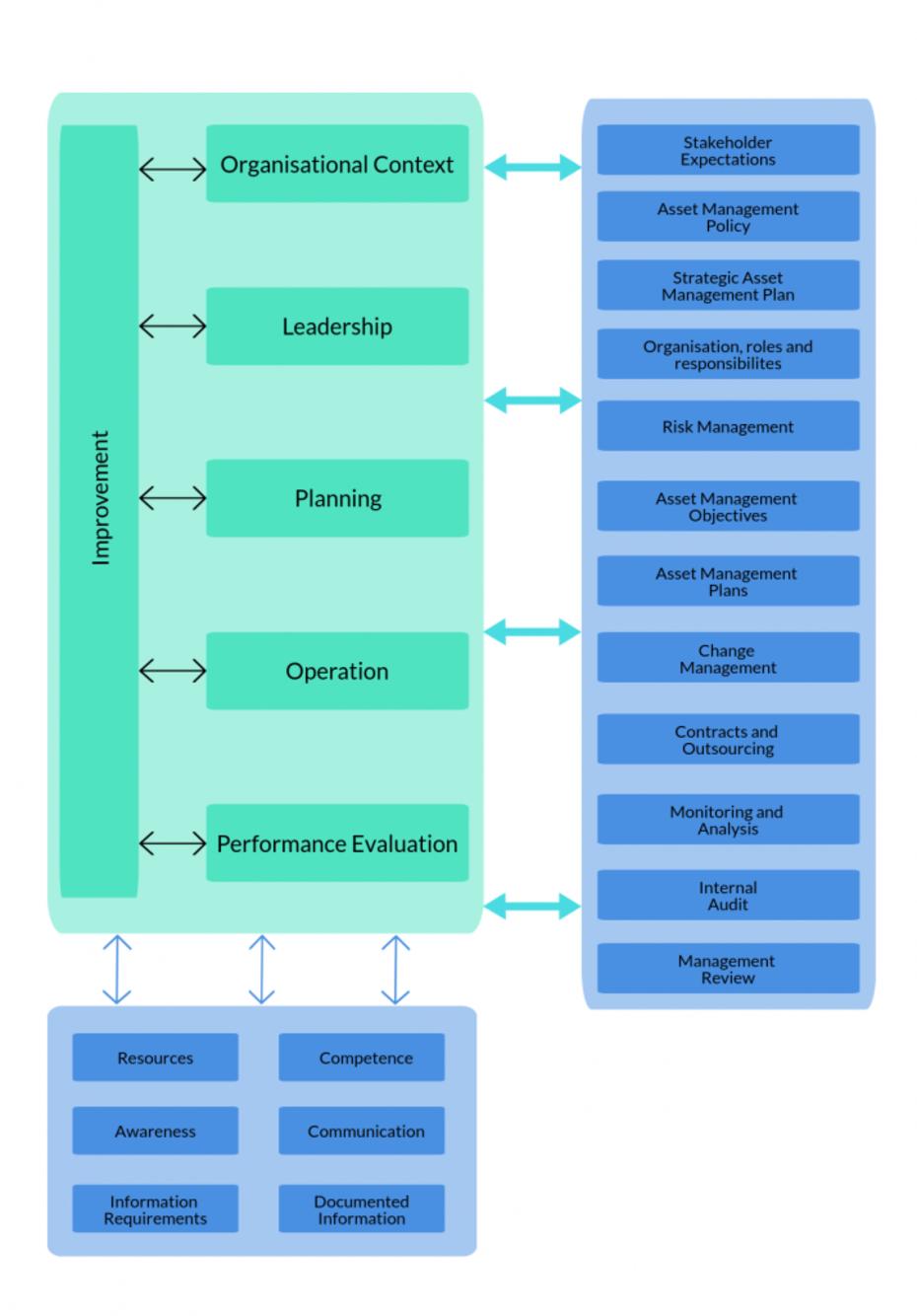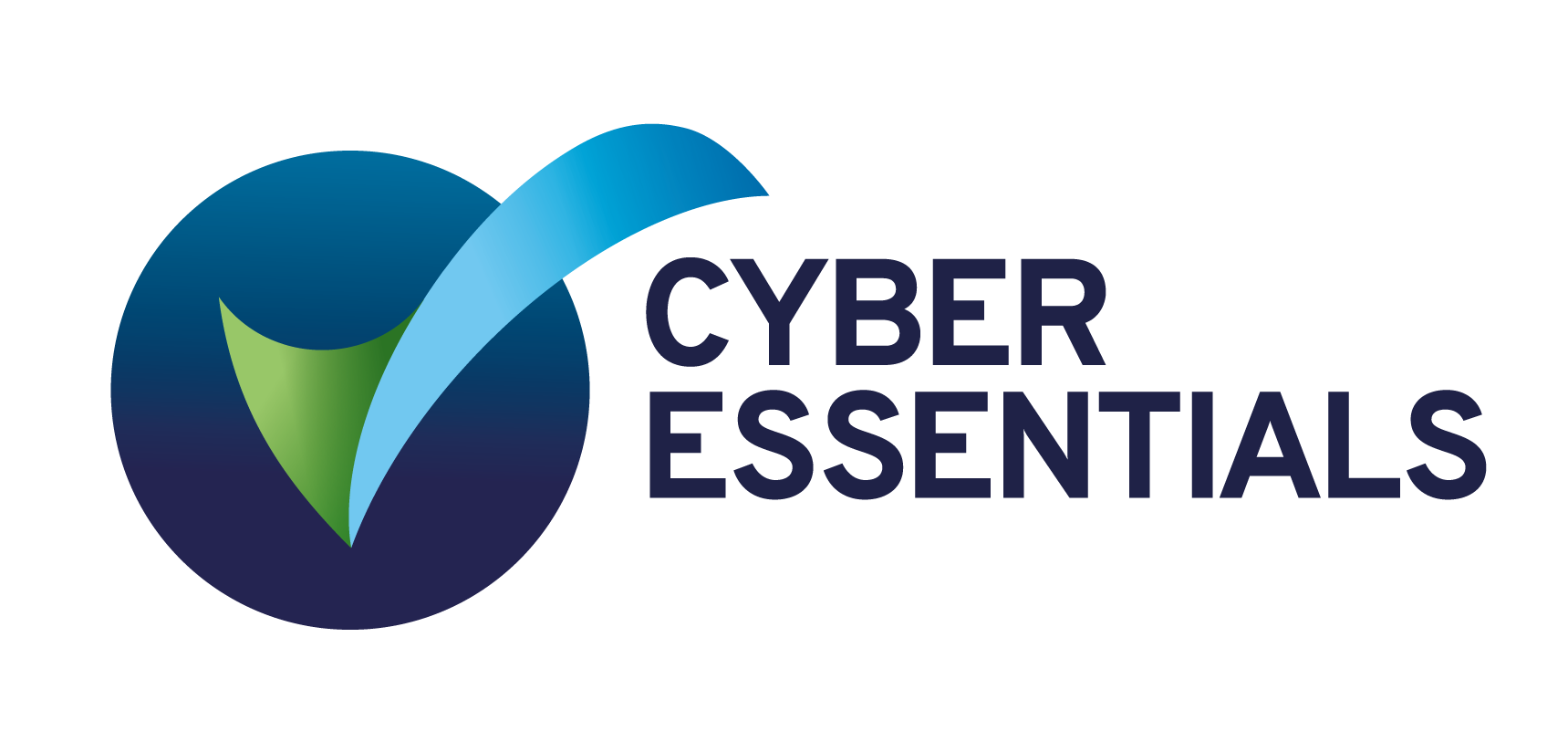What is ISO 55001?
ISO 55001 is a quality framework that specifies requirements for any asset management system. The framework is designed to standardise effective asset management practices.
It applies a Plan; Do; Check; Act cycle to provide an impetus for continuous improvement in a systematic manner. It details quality standards for establishing, implementing, maintaining and improving asset management across enterprises.
The Benefits You Should Aim for with ISO 55001
Standardised Asset Management Strategies and Results
Asset management strategies and results fluctuate across departments and locations. ISO 55001 helps in adopting a standardised framework which in turn ensures consistent enterprise-wide asset strategies and results.
Develop Resilient Risk Management Conditions
As we all know, risk conditions are dynamic. Adopting ISO 55001 enables your organisation to develop resilience to dynamic risk conditions arising from assets. Typically, risks are surrounding safety and operating compliance.
Drive Reputation by showcasing asset management compliance
ISO 55001 certification validates your organisation’s conformity to legal, operating, statutory and regulatory requirements. The validation can be used to drive your reputation which influences sales growth.
Compounded financial returns are driven by asset lifecycle management
ISO 55001 will drive standardisation of your asset lifecycle management which in turn will positively impact the average life of your assets, naturally influencing financial performance positively.
How ISO 55001 Takes a Holistic Approach to Asset Management
ISO 55001 takes seven different perspectives to develop the standardised approach to asset management systems.

Taking multiple perspectives is one of the core advantages of adopting ISO 55001 as it offers a holistic asset management approach. The seven clauses are outlined below:
Context of the Organisation
This is Clause No 4 of ISO 55001. It requires alignment between your asset management strategy and your organisational policies. It suggests developing (and documenting) your Strategic Asset Management Plan (SAMP) – which must outline what your Asset Management System covers and importantly what is excluded. Identifying and understanding the expectations of all the stakeholders is a key part of this clause.
Leadership
Clause No 5 requires ownership and commitment of your leadership on your Strategic Asset Management Plan. The Resources, Plan and Execution required to succeed with your Asset Management Plan requires total and on-going commitment from your leadership. Research conducted by Parsons Brinckerhoff in October 2016 suggests that it is best to avoid the assumption that there is a board-level or top-management-level awareness about asset management.
Planning
This requires you to define how you are going to deliver your Strategic Asset Management Plan. The planning requires you to be aligned with your organisational objectives as well as managing your stakeholder’s expectations. It is vital to understand the cause, effect and likelihood of unplanned events; more importantly, to manage such events without compromising the overall SAMP. Quite often it is ideal to apply risk assessment and management to each asset, its management and your asset management system.
Support
This clause requires you to define and identify the resources required to support your SAMP. Quite often the starting point is Resource-Gap Analysis. It should be a well-rounded exercise involving capital, human and equipment resources. Internal and External resources need to defined and documented. After the Resource-Gap analysis, quite often organisations take-up training to address competency gaps.
Operation
Clause No 8 of ISO 55001 focuses on the delivery milestones of your Strategic Asset Management Plan. Mapping your operations (process maps) is one of the key tasks undertaken at this stage. Communicating the plan to your internal and external resources is a vital part of this stage.
Performance Evaluation
Recording ‘Planned Vs Actual’ of your Strategic Asset Management Plan is the essence of Clause No 9. It is evaluating each asset, its management and your asset management system. This stage involves identifying the appropriate performance indicators, measuring the actual performance and communicating the performance.
Improvement
Clause No 9 of ISO 55001 prescribes measures to identify non-conformities and ensure corrective action measures are in place. There should be a development of preventive action procedures to proactively identify performance gaps. The fundamental concept is to develop a clear methodology that delivers the continuous improvement of your Asset Management System.





